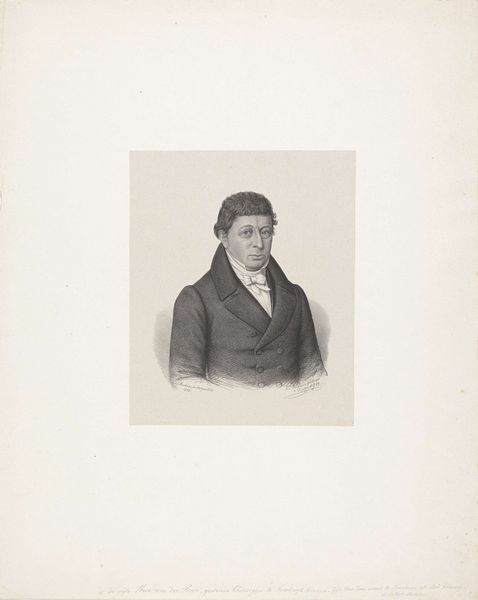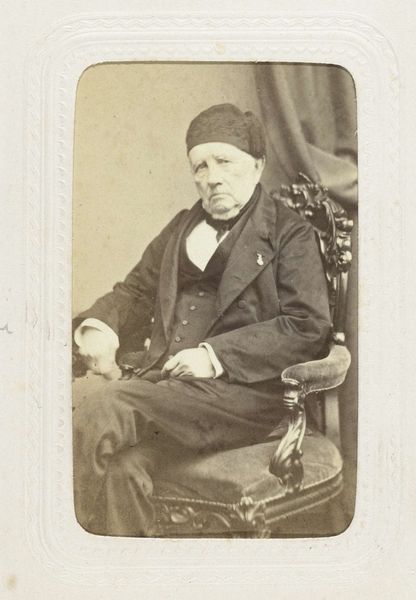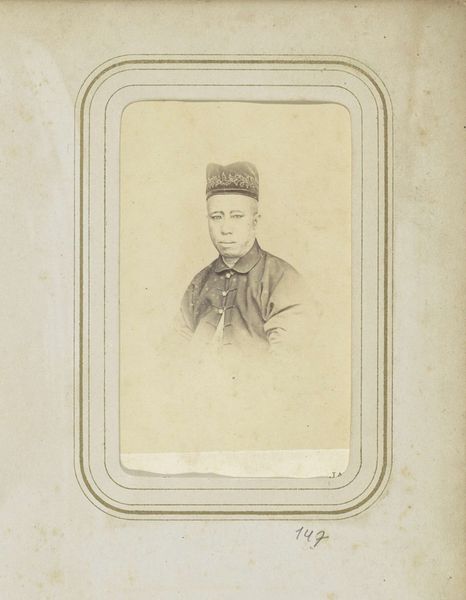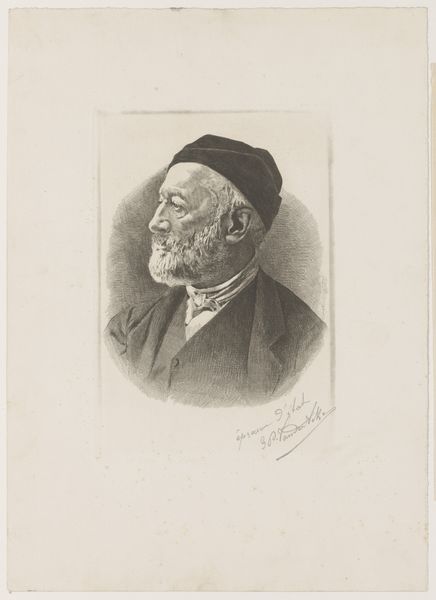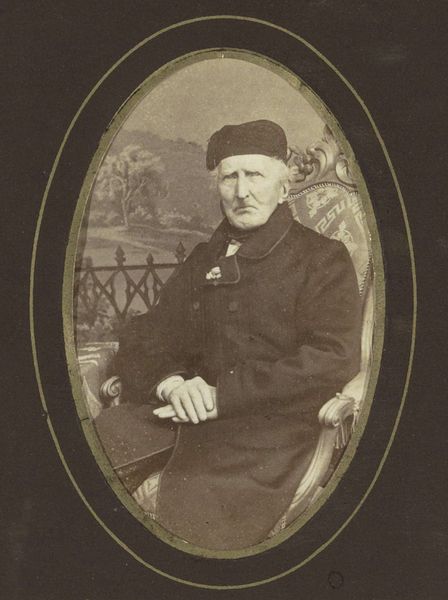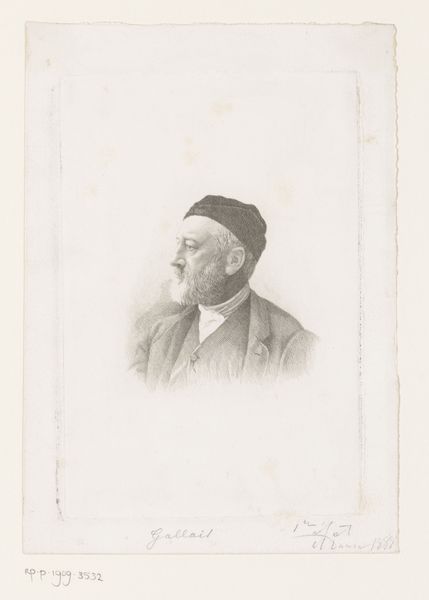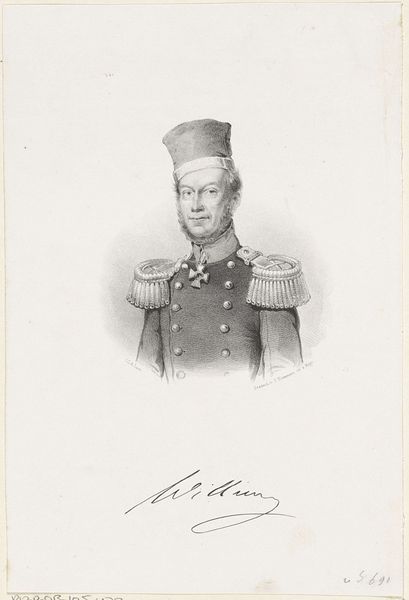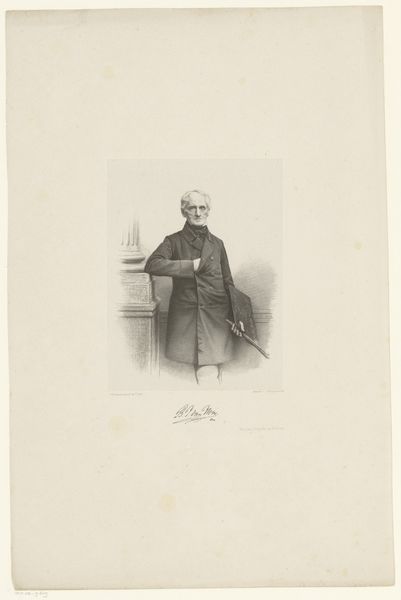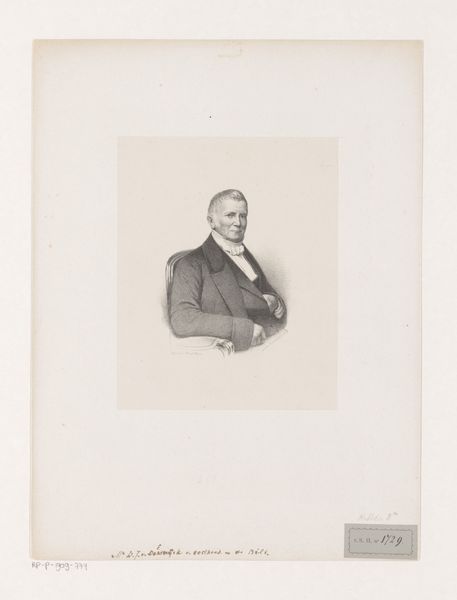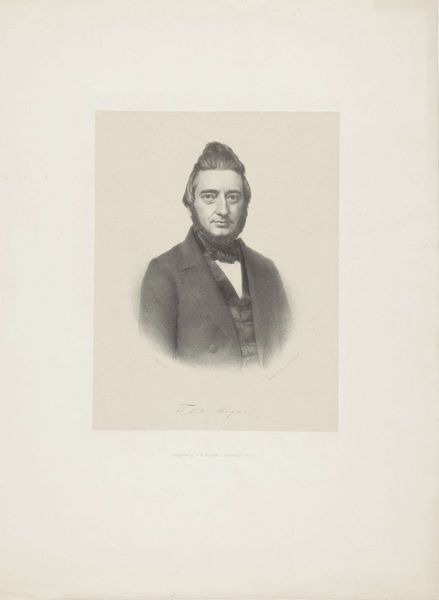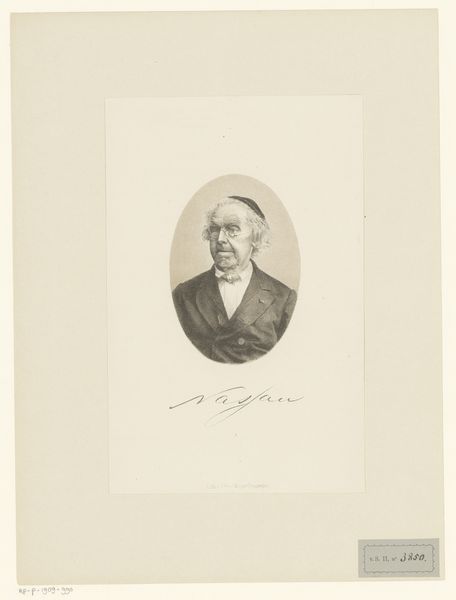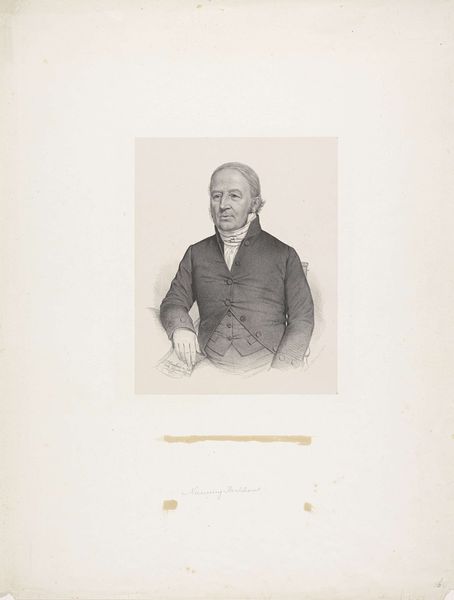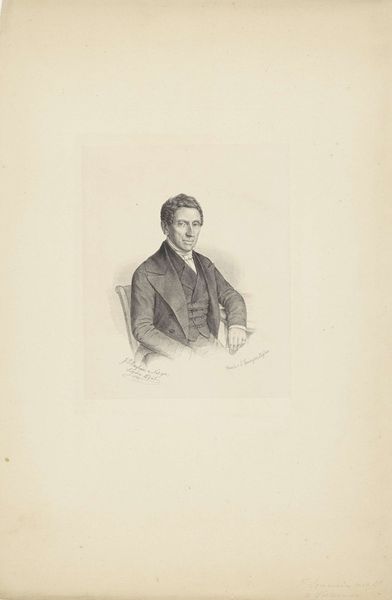
engraving
#
portrait
#
pencil drawing
#
engraving
#
realism
Dimensions: height 192 mm, width 120 mm
Copyright: Rijks Museum: Open Domain
This is Dirk Jurriaan Sluyter's 'Portret van Everhardus Johannes Potgieter', and it was likely made using a process called steel engraving. The level of detail that could be achieved with this method was unprecedented, thanks to the hardness of the metal. This allowed for intricate lines and subtle tonal gradations, which you can see especially in the rendering of Potgieter's face and clothing. Engraving like this required highly skilled labor. The engraver would have used specialized tools to cut lines into the steel plate, following a design. The plate was then inked, and the surface wiped clean, leaving ink only in the engraved lines. Paper was pressed against the plate to transfer the image. It was an indirect, reproductive medium, utterly reliant on specialized labor to produce an image. The result is not just a portrait, but a testament to the expertise and labor involved in 19th-century printmaking. It makes you think about the hierarchies of artistic production at that time, and the value placed on skill, labor, and the ability to reproduce images widely.
Comments
No comments
Be the first to comment and join the conversation on the ultimate creative platform.
